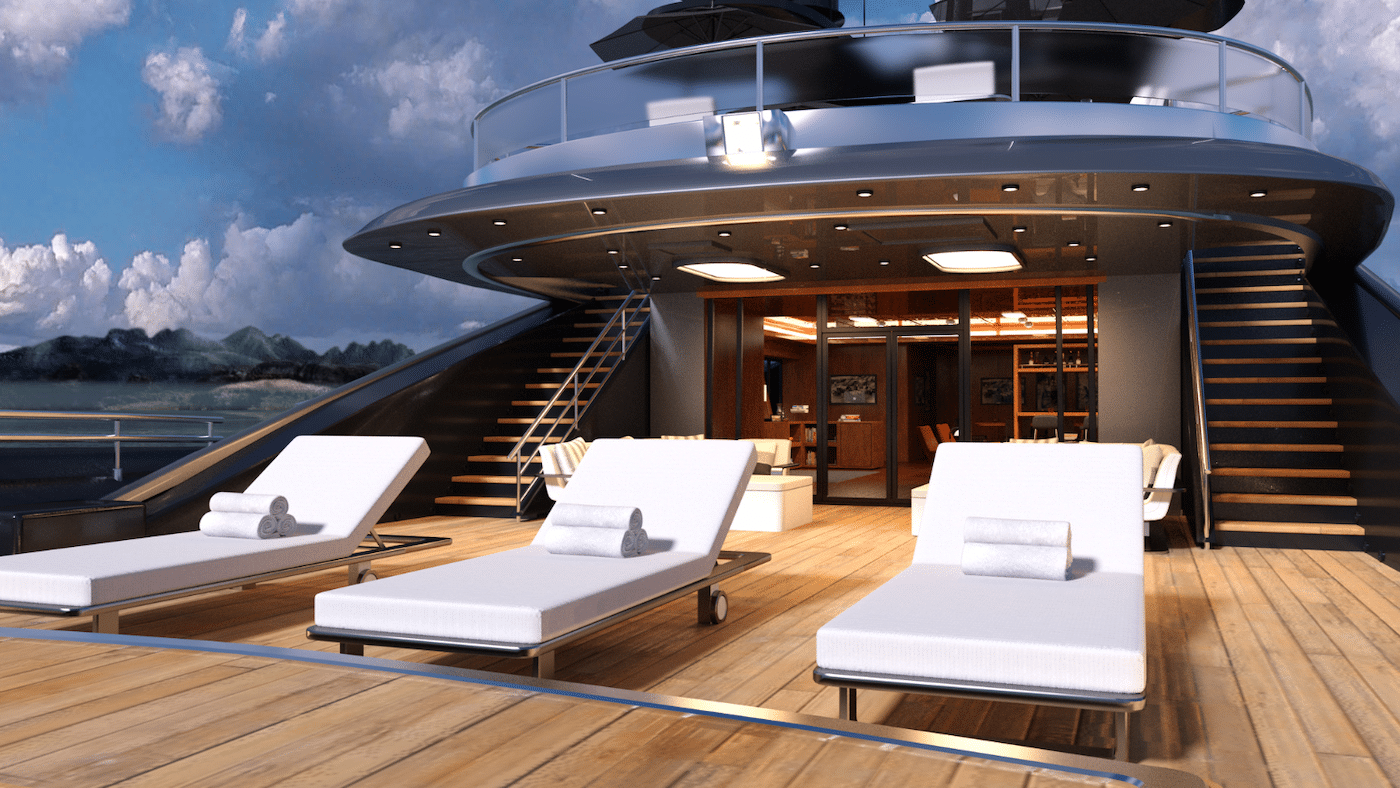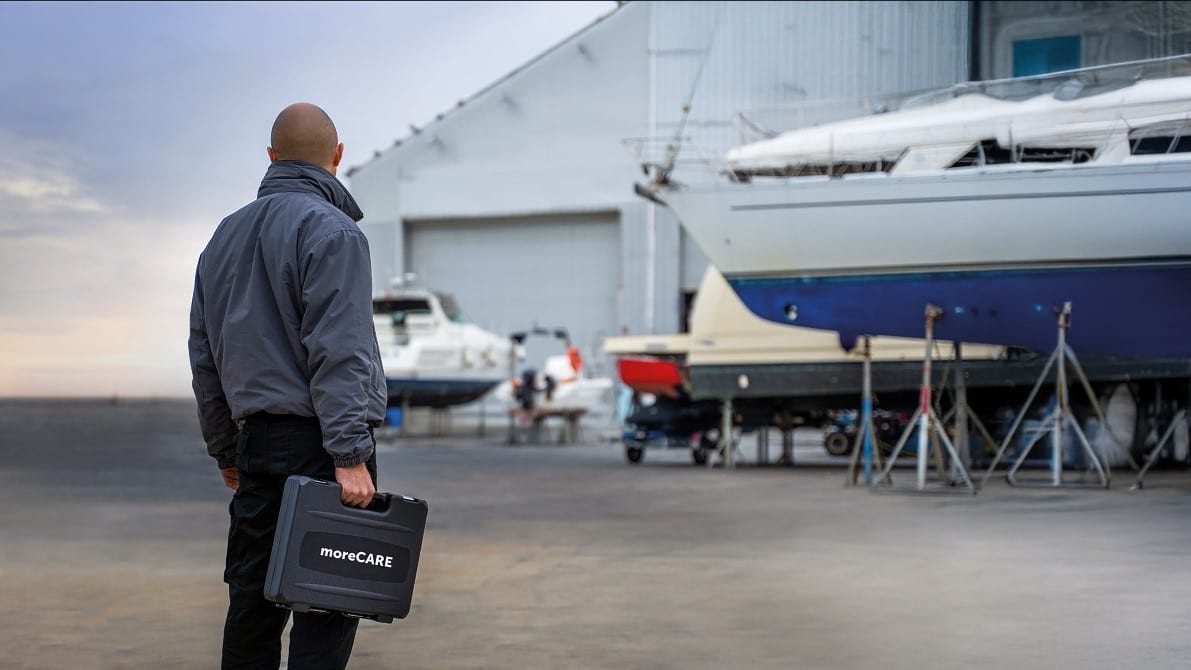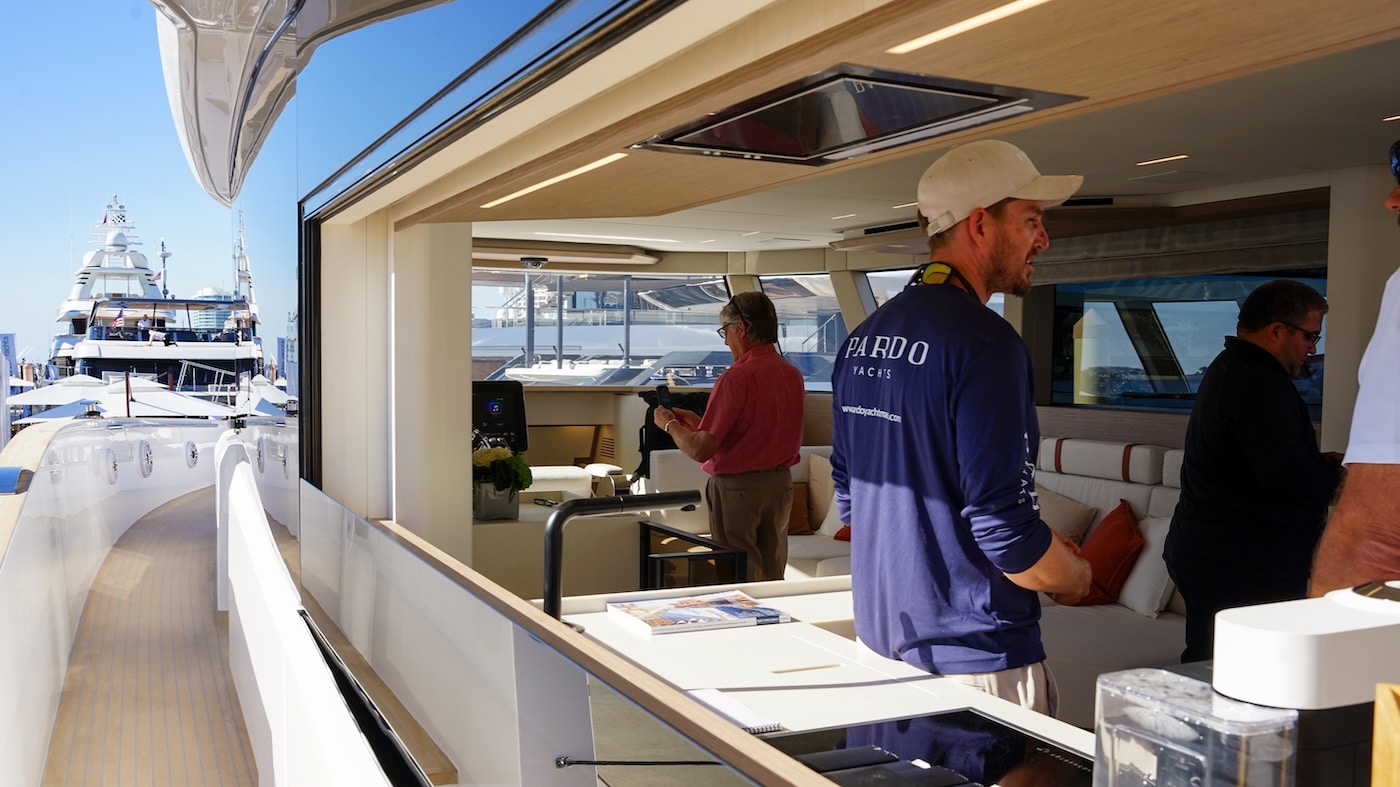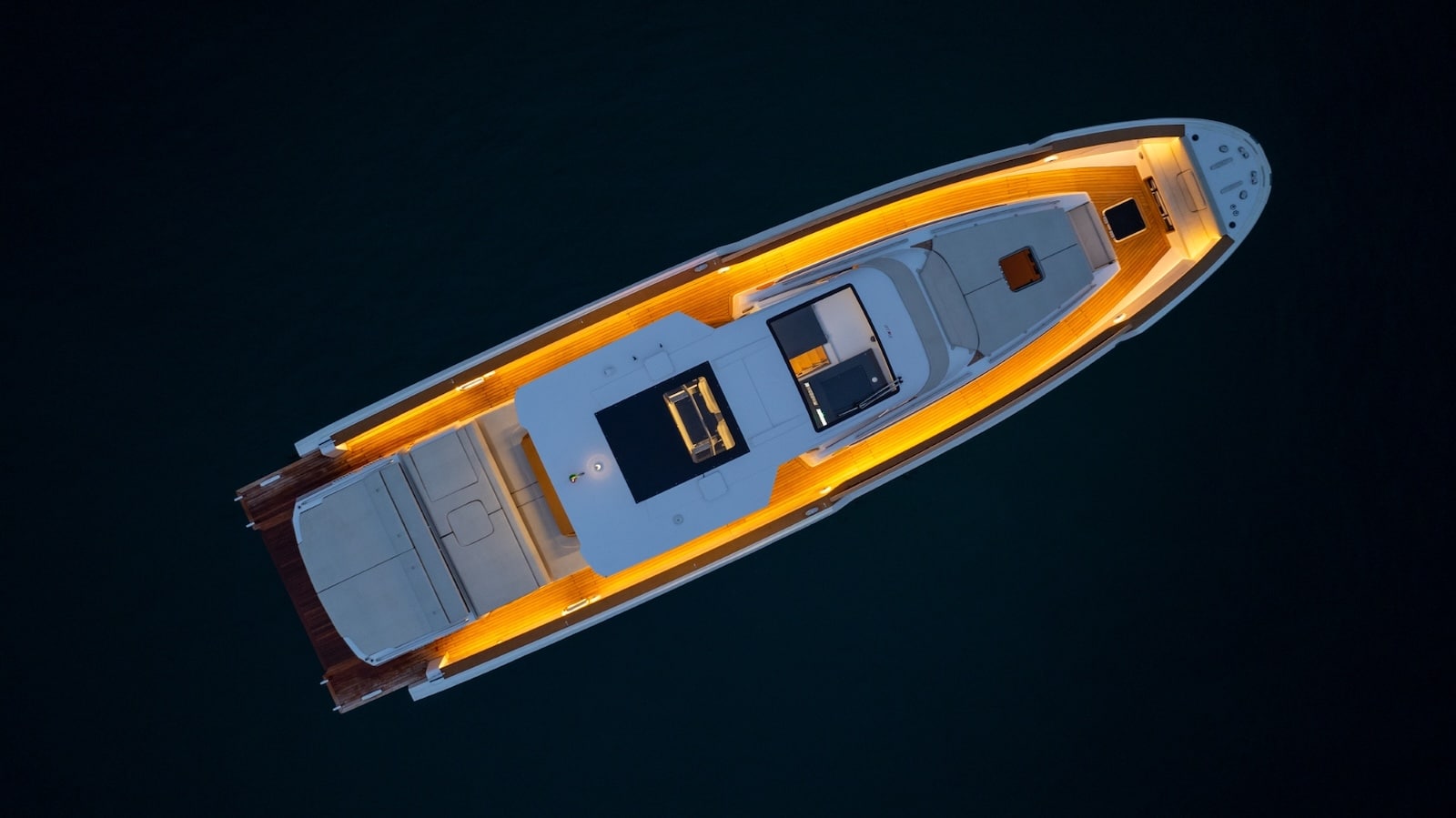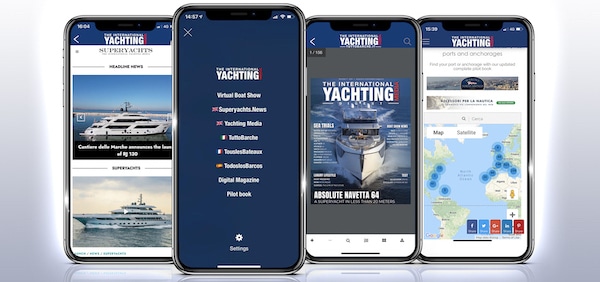Luca Design was one of the precursors of wrapping. The approaching to sailing has only arrived in 2010, with the improvement of industry technology in the sector. From that moment on, it is almost a personal challenge to tradition, to show that innovation has brought a valid and perhaps even more effective alternative to paint, a subject we have already mentioned in some our previous writing.

Among the various options, the editorial team has chosen to test nautical wrapping because there are a lot of talks on this subject and, potentially, it could be a great alternative to expensive classical interventions. It is not that wrapping is in the reach of everyone, and during our test, we will see it clearly, however its overall cost and reduced application times, make it a very interesting addition to make our boats more beautiful, without obviously bleeding.
In our case, we wanted to renew the bands of beauty placed on the rise of the saddle, whose gelcoat, after decades of honored use, was very faded.
The affected area was then sanded and isolated with the aim of removing all dirt residues and uniformizing the surface. This operation requires a strong hand and a careful eye, because the film absorbs / replicates all what lies between itself and the hull. The risk of malicious work is to come up with imperfections that would undermine the overall aesthetics.

After all the above preliminary operations, you come to the application of the adhesive film. This stage, the most delicate, requires maximum concentration. The adhesive part should be exposed as the film is laid on the surface. Any small mistake can compromise the result of the job. In this phase, experience and competence play a crucial role, but here we were safe because the pose was performed directly by the staff of Luca Design.

Before finishing the job, proceed with trimming. The previously inserted metal wire is removed to remove the film exceded. With absolute precision, the edges are perfect, without burrs. The cutter, as we said, was instead used only for smaller dots.
A last hand pressure sets even further the film and work is done. The work is completed and it takes just a little over four hours, needed to sand and dress the approximately 30 meters long strip of beauty of our boat.
The following video documents the processing phases and the result obtained by clearly comparing the bands before and after having benefited from the “treatment”. For information purposes, the work was done in mid-March.
However, it does not end here, the boat of the editorial board will depart for the usual cruise during which we will report if the job also holds after having undergone all the stresses of the navigation.
https://www.facebook.com/tuttobarche/videos/1588879941131027/

























